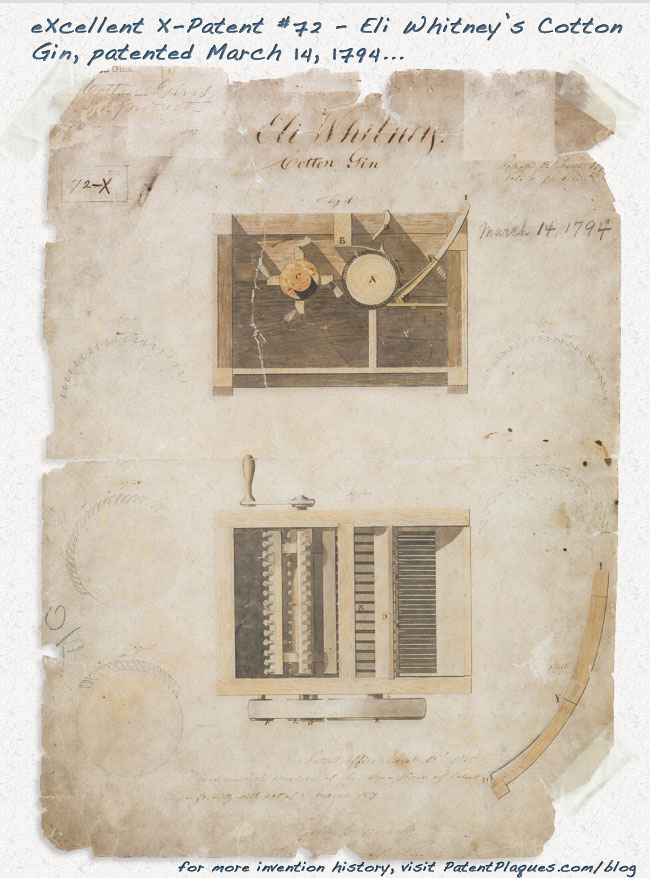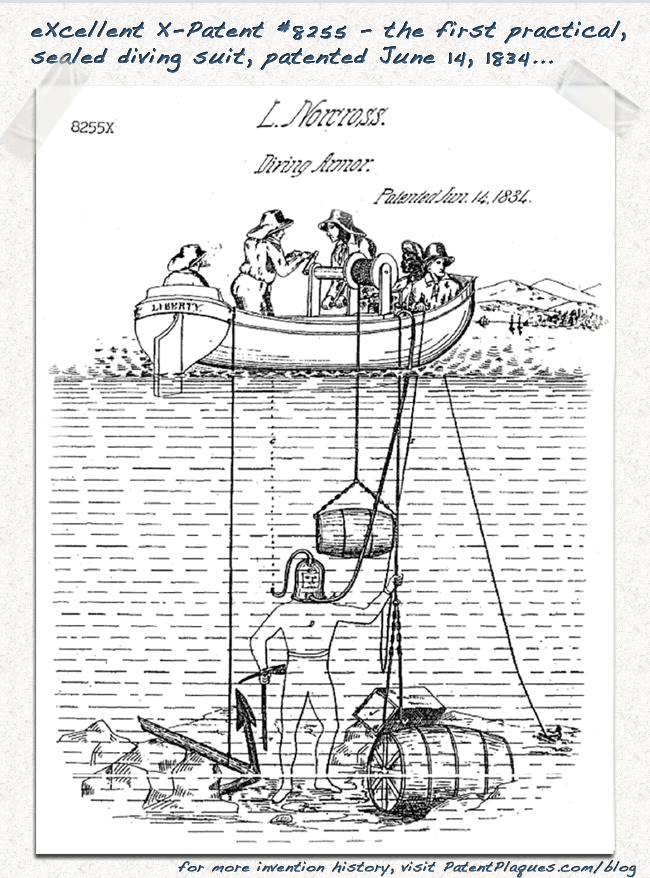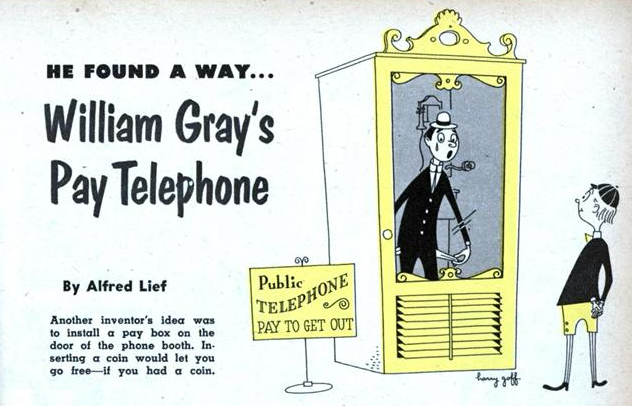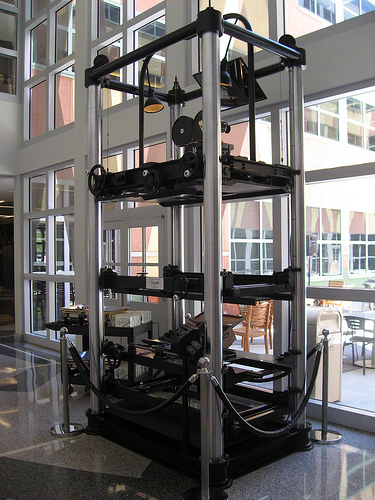On March 14, 1794, Yankee-born Georgia inventor Eli Whitney received the 72nd patent ever granted by the United States for his game-changing cotton gin. It’s a strange thing, the cotton gin – as much as it did good being the catalyst that helped industrialize the South, it did bad by contributing to the growth of slavery, and, ultimately, the start of the Civil War. Never mind the fact that its story is also an excellent case study of patent licensing & infringement proceedings in a fledgling patent system.

Category: A Moment in History
On June 14, 1834, Maine inventor Leonard Norcross patents what is widely accepted as the first practical, sealed dive suit. It featured weighted feet and a hard, water-tight helmet. Exhaust air was pushed out the top of the helmet, which finally allowed divers a full range of motion underwater.
More About Patent X8255
This week in Invention History, we mark two important events in the development of the telephone.
First, in 1880, Alexander Graham Bell successfully made the first wireless phone call from the roof of the Franklin School in Washington, DC. Then, nine years later, the pay phone was invented in New Haven, CT.
That’s right, wireless calling predates the notion of charging for a phone call by nearly a decade, even though the latter would dominate the world of telephony for the better part of the following century.
Interesting… Continue reading “How Bell Killed the Payphone Before it Even Existed”
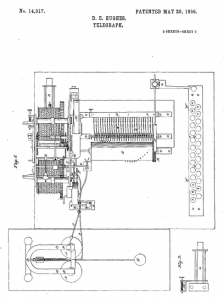
Hughes' US Patent 14,917 for a Telegraph Machine
It’s time to wish “Happy Birthday” to another inventor time sometimes seems to have forgotten, although it probably shouldn’t have.
You see, without music professor and serial tinkerer David Edward Hughes, a lot of modern conveniences – tv, radio, telephone, and music recording namely – probably wouldn’t exist. Although he was awarded countless honors in his lifetime, it seems he’s hardly a household name today.
Then again, as a man as well-known for his humility for his genius, maybe that’s how he’d have wanted it.
Continue reading “Humility on the Radio: A Moment in History”
Science & innovation are border-blind. That is, great minds come from all corners of the planet, inspired by infinite experiences.
Every year, The World Intellectual Property Organization celebrates World IP Day on April 26, commemorating the day it was established in 1970. Organizations all over the world will hold events to celebrate innovation and encourage future generations of great thinkers.
Of course, we can all thank the future of innovation on the great work of those who have come before us. So today, on the eve of World IP Day 2013, we’d like to share (in no particular order!) 6 great, inspirational quotes from a few of the greatest contributors to our innovative history: Continue reading “Celebrate World IP Day With These Great Global Innovators”
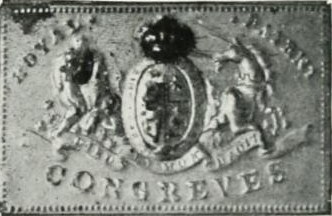
"Congreves," the first successful friction matches ever successfully sold.
This week we commemorate the 186th anniversary of the first-ever sale of friction matches.
As the story goes, a young Englishman named John Walker had become rather sickened by his surgeon apprenticeship and left the field in 1818 for a less gruesome job as a chemist: something he was apparently (and quite fortunately) good at!
By Walker’s time, a number of chemicals were known to create fire quickly, but none had yet figured out how to keep this quick flame alive and transfer it to a slower burning substance like wood or coal. Walker found himself dedicating many hours in his High Street shop in Stockton-on-Tees to the discovery of such a solution. Continue reading “Surgery & Sandpaper: The Match Turns 186”
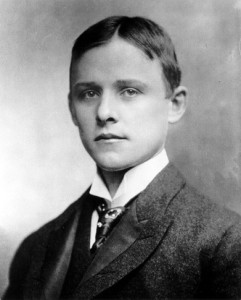
Does this man look familiar? He should.
This week we celebrate one of the most important patents ever to cross a USPTO examiner’s desk.
The patent describes a process for a producing a material we use nearly everywhere – our homes, our cars, our offices, our hospitals – we even use it in space!
It’s one of the most abundant materials on the planet, and it is infinitely recyclable.
But, without the work of one brilliant young scientist, its full potential might never had been realized.
Do you know what it is? Continue reading “The True Story of a Boy Wonder Who Totally Changed the World”
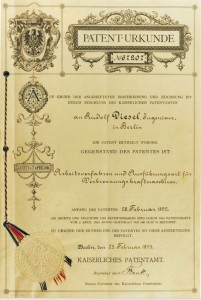
Diesel's German Patent on the diesel engine, February, 28, 1892
The fourth week of February is somewhat “lucky” for Rudolf Diesel, the man who’s responsible for a fuel, an engine, and a combustion process bearing his name. And it was this week in history, on February 28, 1892 that Rudolf Diesel received the patent for his groundbreaking compression-ignition engine in Germany.
But, as lucky as this week may be this month, maybe it is a little ironic, too, that same week in September happens to be a most terrible one for dear Mister Diesel.
You see, on September 29, 1913, Rudolf Diesel disappeared – presumably into the English Channel – never to be seen again.
Not alive, at least.
Today is Walt Disney’s 111th birthday.
In a few months, the invention that made Disney famous will turn 72.
You see, when Disney first started in the business in 1919, animation involved layering transparencies of moving elements right on top of an opaque background. This primitive multi-layer technique allowed artists to focus more on the actual animation process than the stationary background, but it still had its limitations.
The largest of these was the problem of creating realistic depth and scale in the two-dimensional drawings.
In the 1930s Walt Disney set out to improve this process because, as he relates in his patent, “it is extremely difficult for the artist to properly create, by drawing, the shadow of the character upon these background objects.”
Continue reading “Walt Disney: Inventing the Art of Animation”
I’ve had a hard time holding my tongue about this for the past few weeks, but I’ve finally been given the “go ahead” to let the cat out of the bag:
Google co-founders Sergey Brin and Larry Page have been welcomed into the exclusive Stanford Inventor Hall of Fame alongside sixteen other modern innovators.
The best part? Continue reading “History in the Making: Google Co-founders Inducted into Inventor Hall of Fame”

